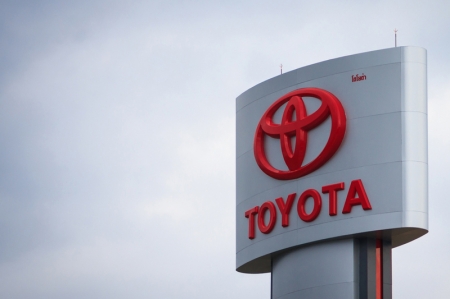To make a business budget, you need to understand your overhead costs. Every business has some kind of cost that is not related to making or selling a product or service. These costs are called overheads.
Overheads are crucial for businesses because they must be recorded and paid regardless of whether or not the business is making a profit. It can help business owners make better decisions regarding pricing, production, and profit margins.
Definition of Overheads
Overheads are all the indirect costs that are necessary to run a business smoothly. They can include administration costs, such as rent, utilities, and insurance; production costs, such as wages; and marketing costs, such as advertising and promotion.
Overheads are not related to the direct costs of producing goods or services. Direct costs are those that can be easily traced to a specific product or service. Examples of direct costs include raw materials, labor, and shipping.
To manage a business properly, it is important to keep track of both direct and indirect costs. This will help you see where your money is going and make informed decisions about where to cut costs and how to increase revenue.
Types of Overheads
There are two types of overheads
-
Variable Overheads
Variable overheads are those expenses that increase or decrease with changes in production volume like electricity, fuel, packing materials, etc. As the production volume fluctuates, these costs will also fluctuate. For example, if a company is manufacturing 100 units, then the total variable cost incurred will be different from the cost incurred when the company is manufacturing 1000 units.
-
Fixed Overheads
On the other hand, fixed overheads are those expenses that remain constant even with changes in production volume. These costs do not change with changes in production like factory rent, insurance, the salary of permanent staff, etc. For example, a company will have to pay the same amount of rent whether it is manufacturing 100 units or 1000 units.
Examples of Overheads
Some common examples of overheads are as follows
-
Utilities
Even if a company is not operating, it will still have to pay for utilities like water, electricity, and gas. These are called fixed overheads because they remain the same even if production decreases or increases.
-
Rent
The rent of a factory or office space is another common overhead expense. This is also a fixed cost because it does not matter how much or how little the company produces, the rent will remain the same.
-
Repair and maintenance
It’s mostly the case of manufacturing industries that they have to carry out regular repair and maintenance of their machines. These costs are necessary to keep the factory running smoothly and are usually classified as variable overheads.
-
Marketing
To grow the business, a company needs to spend on marketing and advertising. The amount spent on marketing depends on the production volume, making it a variable overhead. It depends on the scale of production because when more products are manufactured, more needs to be spent on marketing and advertising them.
-
Insurance and administrative costs
Insurance might be required by law, or it might be a voluntary expense. Either way, the amount spent on insurance is usually fixed. On the other hand, administrative costs like salaries of office staff usually increase with business growth and are therefore variable overheads.
Conclusion
Overheads are an important part of any business and need to be managed carefully. Whether it’s budgeting or decision-making, business owners need to be aware of the different types of overheads and their impact on the business’s bottom line. Understanding how overheads work can help business owners make better decisions about where and how to allocate their resources.
Further questions
What's your question? Ask it in the discussion forum
Have an answer to the questions below? Post it here or in the forum




